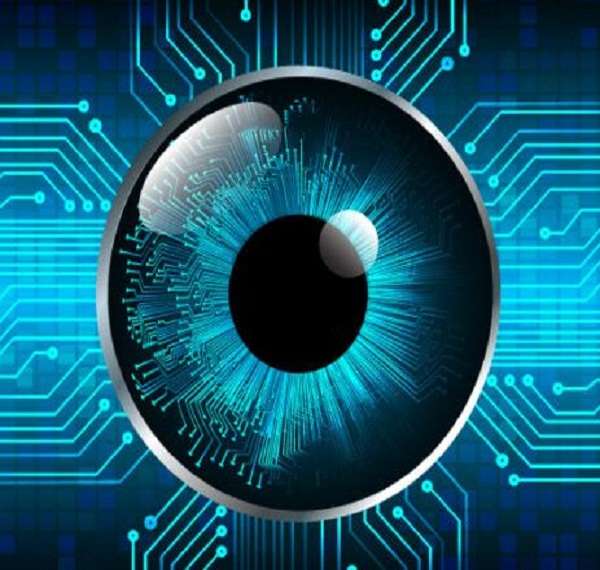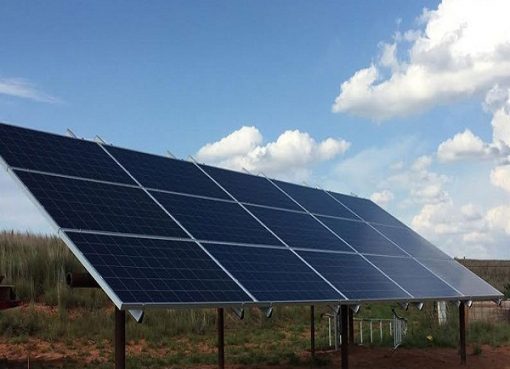A low-power system for use in bionic eyes, has been jointly developed by academics from the Harbin Institute of Technology in China and Northumbria University.
Working in partnership with a research group led by Professor PingAn Hu from the Harbin Institute, Northumbria’s Professor Richard Fu described their newly developed method for controlling the artificial synaptic devices used in bionic retinas, robots and visual protheses, as a “significant breakthrough”.
The team discovered that injecting elements of the soft metal, indium, into a two-dimensional (2D) material called molybdenum disulphide (MoS2), could improve electrical conductivity and reduce power consumption of the optical synapses used in the development of bionic eyes.
“Current visual systems are based on physically separated sensors, memories and processing units,” says Professor Fu, “these systems often have high power consumption and difficulties of performing complex image learning and processing tasks. Therefore, our newly developed method is of great significance for the next generation artificial visual systems.”
Funding for the research has been supported through a UK-China Royal Society International Exchange Grant, and the National Science Funding Council of China.
Bionic eye implants work inside the existing eye structures or in the brain. They are designed to achieve functional vision goals — as opposed to physical, cosmetic ones. Several bionic eye implants are in development, but currently very few are available, and are suitable only for blindness caused by specific eye diseases. However, as research continues, more and more people may soon benefit from high-tech bionic eyes.
Source: electronicsweekly










